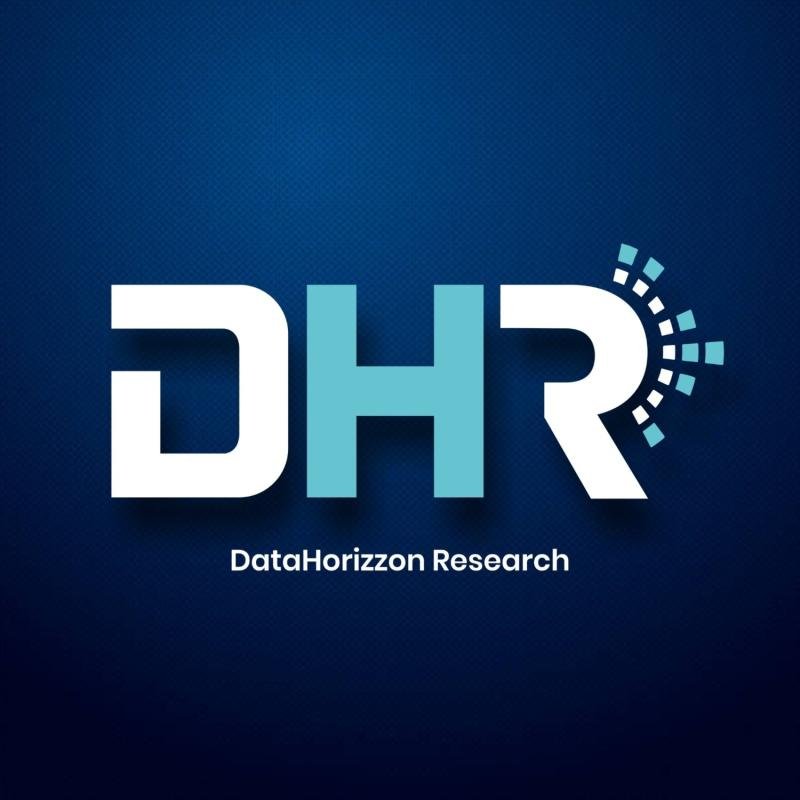According to a new study by DataHorizzon Research, the “Global Automotive Ethernet Market” is projected to grow at a CAGR of 19.4% from 2025 to 2033, driven by increasing demand for high-speed data communication within vehicles, rapid adoption of connected and autonomous driving technologies, and the growing need for efficient in-vehicle networking solutions. As modern vehicles incorporate advanced driver assistance systems (ADAS), infotainment, and telematics, the traditional CAN and LIN networks are being replaced with Ethernet-based architectures that offer higher bandwidth and scalability. Automotive Ethernet has emerged as the backbone of next-generation vehicles, supporting features like real-time data transmission, over-the-air updates, and seamless vehicle-to-everything (V2X) communication.
Market Size & Insights
The global automotive Ethernet market is witnessing strong momentum as automakers and technology providers increasingly integrate advanced connectivity and communication systems in vehicles. The global automotive Ethernet market is valued at approximately USD 1.8 billion in 2024 and is anticipated to reach around USD 8.9 billion by 2033, reflecting a CAGR of 19.4% from 2025 to 2033. The adoption of Ethernet technology in vehicles allows faster data exchange, enabling functions such as camera-based systems, radar sensors, infotainment, and electronic control units (ECUs) to work seamlessly.
The increasing trend of electric vehicles (EVs) and autonomous driving has further accelerated Ethernet deployment, as these vehicles demand robust, low-latency communication networks. Ethernet’s ability to handle gigabit speeds with minimal cabling cost gives it a significant advantage over traditional automotive communication systems. The growing implementation of centralized vehicle architectures, coupled with the need for real-time communication for safety-critical functions, is further propelling demand. Moreover, the rise of software-defined vehicles (SDVs) and increasing collaboration between semiconductor and OEM companies are shaping the future of automotive Ethernet solutions.
Get a free sample report: https://datahorizzonresearch.com/request-sample-pdf/global-automotive-ethernet-market-50539
Important Points
• Ethernet enables high-speed, reliable data transfer for in-vehicle communication.
• Growing implementation in ADAS, infotainment, and powertrain systems.
• Rising demand for electric and autonomous vehicles supports Ethernet adoption.
• Shift from domain-based to zonal vehicle architecture enhances Ethernet usage.
• Lower cost and weight compared to legacy communication protocols.
• Strong collaboration between OEMs and chipmakers driving technology advancement.
Key Factors Driving the Future Growth of the Global Automotive Ethernet Market
• Increasing Vehicle Connectivity: The surge in connected vehicles requiring advanced networking infrastructure is boosting Ethernet adoption.
• Autonomous and Electric Vehicle Development: Ethernet supports high-speed communication required for real-time processing in EVs and self-driving cars.
• Data-Intensive Applications: The integration of cameras, radar, and LiDAR systems requires robust data transmission, achievable through Ethernet.
• Shift Toward Zonal Architecture: OEMs are transitioning to centralized architectures that leverage Ethernet for efficient signal routing.
• Rising Demand for Infotainment and Telematics: Ethernet enables seamless streaming, cloud connectivity, and over-the-air updates.
• Technological Advancements: Development of higher-speed Ethernet standards (10BASE-T1S, 1000BASE-T1) enhances performance and scalability.
Top 10 Market Companies
• Broadcom Inc.
• Marvell Technology, Inc.
• NXP Semiconductors N.V.
• Microchip Technology Inc.
• TE Connectivity Ltd.
• Molex LLC
• Texas Instruments Incorporated
• Rohde & Schwarz GmbH & Co. KG
• Vector Informatik GmbH
• Cadence Design Systems, Inc.
Market Segments
By Component:
o Hardware
o Software
o Services
By Data Rate:
o 100 Mbps
o 1 Gbps
o 10 Gbps
By Application:
o ADAS
o Infotainment
o Powertrain
o Body Electronics
o Telematics
By Vehicle Type:
o Passenger Cars
o Commercial Vehicles
By Electric Vehicle:
o BEV
o HEV
o PHEV
By Region:
o North America
o Europe
o Asia Pacific
o Latin America
o Middle East & Africa
Recent Developments
• Introduction of Gigabit Automotive Ethernet: New standards such as 10BASE-T1S and 1000BASE-T1 are improving bandwidth and reliability.
• Collaborations Between OEMs and Semiconductor Companies: Partnerships are fostering innovation in Ethernet chipsets and software integration.
• Focus on Software-Defined Vehicles (SDVs): Ethernet is being integrated to enable real-time connectivity and software updates.
• Expansion of Ethernet Testing Solutions: Companies are developing advanced testing tools to ensure signal integrity and network performance.
• Development of Power over Data Line (PoDL) Solutions: Emerging technologies allow simultaneous power and data transmission over a single cable.
• Increased Investment in Cybersecurity: As Ethernet networks expand, OEMs are integrating enhanced encryption and protection protocols.
Regional Insights
Asia-Pacific dominates the global automotive Ethernet market, driven by large-scale vehicle production, growing EV adoption, and government initiatives supporting intelligent transportation systems. China, Japan, and South Korea are key hubs for automotive electronics innovation. North America holds a strong position, supported by early adoption of autonomous vehicle technology and connected car infrastructure. Europe is another vital region, with premium automakers such as BMW, Mercedes-Benz, and Volkswagen integrating Ethernet-based systems to enhance connectivity and safety. Meanwhile, emerging markets in Latin America and the Middle East are gradually adopting Ethernet solutions in line with rising vehicle digitization and regulatory modernization.
Market Outlook
The global automotive Ethernet market is poised for exponential growth over the next decade as vehicles evolve into connected digital ecosystems. The continuous evolution of autonomous driving, EVs, and software-defined architectures is expected to accelerate the adoption of Ethernet as the backbone for automotive data networks. As automakers strive to improve vehicle intelligence, energy efficiency, and connectivity, Ethernet will play a pivotal role in reducing latency, streamlining communication, and supporting over-the-air updates.
The market is likely to witness increasing standardization efforts, particularly for multi-gigabit Ethernet and cybersecurity frameworks. The proliferation of AI-driven vehicle functions and edge computing will further increase data transmission demands, reinforcing Ethernet’s necessity. Moreover, the ongoing trend of integrating entertainment and telematics systems into a unified architecture will promote Ethernet’s widespread adoption across all vehicle segments. Leading manufacturers are investing in modular platforms that support scalability, allowing seamless integration of new technologies. By 2033, automotive Ethernet is expected to become a standard component across most modern vehicles, revolutionizing vehicle communication and setting the foundation for fully connected, autonomous mobility.
Contact:
Ajay N
Ph: +1-970-633-3460
Latest Reports:
Island Range Hoods Market: https://datahorizzonresearch.com/island-range-hoods-market-8698
Children Cosmetics Market: https://datahorizzonresearch.com/children-cosmetics-market-9374
Cathode Active Materials for Lithium-ion Batteries Market: https://datahorizzonresearch.com/cathode-active-materials-for-lithium-ion-batteries-market-10050
Crane Camera System Market: https://datahorizzonresearch.com/crane-camera-system-market-10726
Company Name: DataHorizzon Research
Address: North Mason Street, Fort Collins,
Colorado, United States.
Mail: sales@datahorizzonresearch.com
DataHorizzon is a market research and advisory company that assists organizations across the globe in formulating growth strategies for changing business dynamics. Its offerings include consulting services across enterprises and business insights to make actionable decisions. DHR’s comprehensive research methodology for predicting long-term and sustainable trends in the market facilitates complex decisions for organizations.
This release was published on openPR.

















